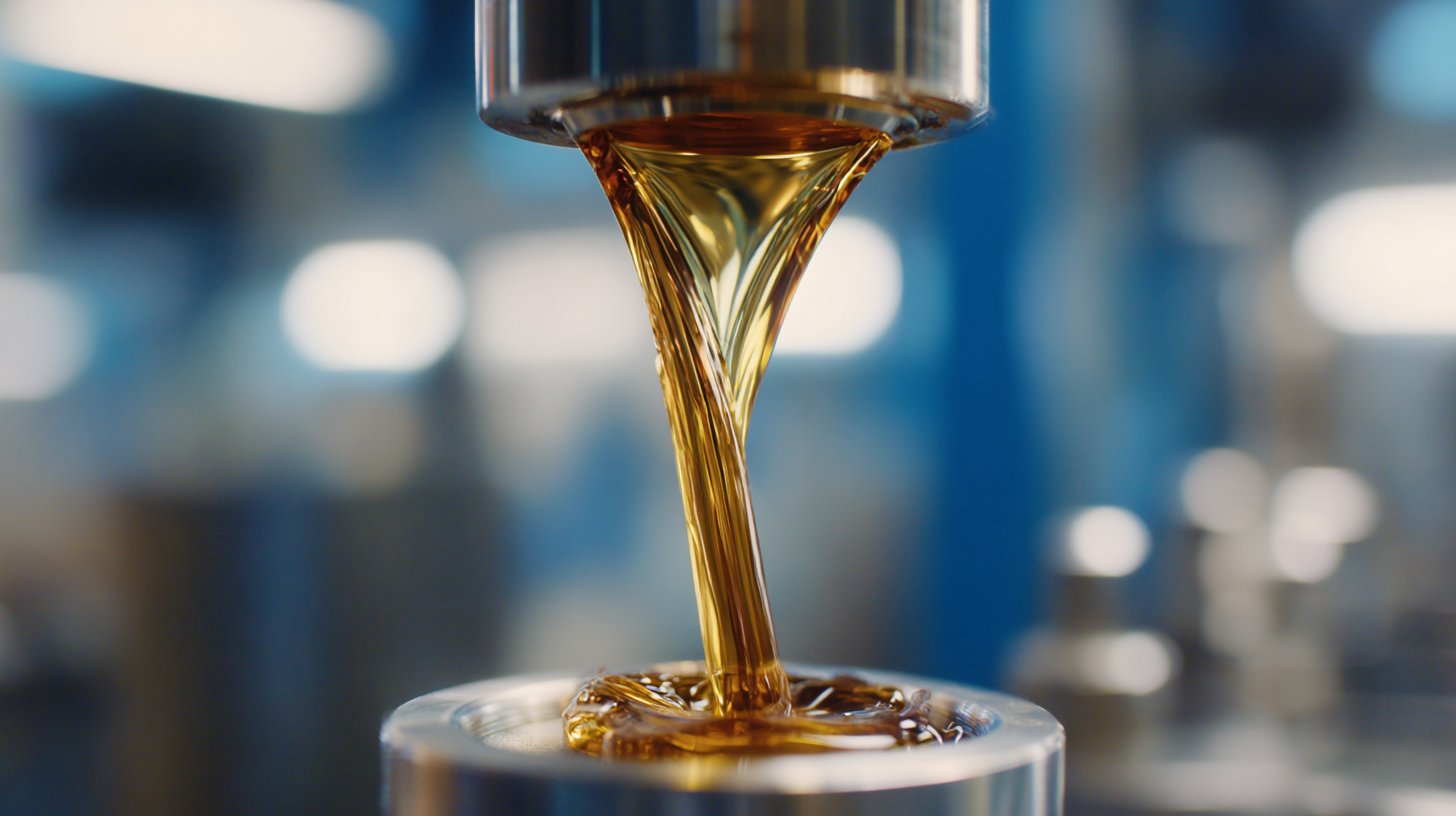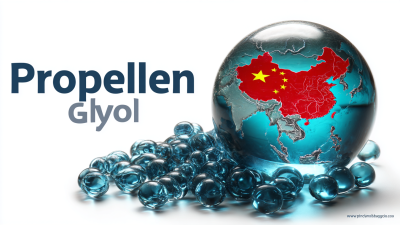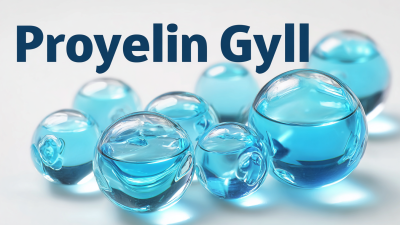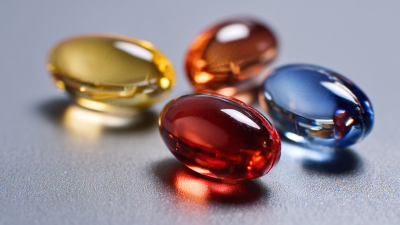Exploring the Versatility of Propylene Glycol: From Food Additive to Industrial Powerhouse
 Propylene Glycol is a remarkable compound that showcases an exceptional range of applications, transitioning seamlessly from culinary uses to its role as a robust industrial agent. As a common food additive, it enhances flavors and preserves moisture, making it a favorite among chefs and food manufacturers. However, its versatility extends far beyond the kitchen; in the industrial sector, Propylene Glycol serves as a key ingredient in products ranging from antifreeze and personal care items to pharmaceuticals and chemical manufacturing. This exploration delves into the multiple dimensions of Propylene Glycol, highlighting its importance in various fields and the reasons behind its widespread acceptance. By examining both the functional benefits and the safety profile of this compound, we uncover the underlying reasons for its increasing prevalence in everyday products and industrial processes, revealing why Propylene Glycol is truly regarded as an industrial powerhouse.
Propylene Glycol is a remarkable compound that showcases an exceptional range of applications, transitioning seamlessly from culinary uses to its role as a robust industrial agent. As a common food additive, it enhances flavors and preserves moisture, making it a favorite among chefs and food manufacturers. However, its versatility extends far beyond the kitchen; in the industrial sector, Propylene Glycol serves as a key ingredient in products ranging from antifreeze and personal care items to pharmaceuticals and chemical manufacturing. This exploration delves into the multiple dimensions of Propylene Glycol, highlighting its importance in various fields and the reasons behind its widespread acceptance. By examining both the functional benefits and the safety profile of this compound, we uncover the underlying reasons for its increasing prevalence in everyday products and industrial processes, revealing why Propylene Glycol is truly regarded as an industrial powerhouse.
The Multifaceted Uses of Propylene Glycol in the Food Industry
Propylene glycol, a colorless and odorless liquid, has carved out a significant niche in the food industry as a versatile additive. According to the Food and Drug Administration (FDA), this compound is Generally Recognized As Safe (GRAS) when utilized in food products. Its multifunctional properties allow it to serve not only as a solvent for flavors and colorings but also as a humectant, helping to retain moisture in baked goods and dairy products. In 2022, the global propylene glycol market was valued at approximately $3.2 billion, with food and beverage applications contributing markedly to this figure.
In addition to acting as a preservative, propylene glycol enhances the texture and mouthfeel of foods, making it an essential ingredient in items ranging from salad dressings to frozen desserts. A report by Research and Markets estimates that the food segment accounted for around 30% of the total consumption of propylene glycol in 2021, highlighting its widespread acceptance and reliance within the industry. Moreover, its use as a carrier for flavoring agents enables better flavor delivery in products, which is critical in meeting consumer preferences for taste and quality. As the food industry progresses towards innovation and sustainability, propylene glycol's role will likely expand even further.
Key Benefits of Propylene Glycol as a Food Additive
Propylene glycol, a colorless and nearly odorless liquid, has gained recognition as a versatile food additive, primarily due to its unique properties. As an approved ingredient by regulatory agencies such as the FDA, it serves multiple functions in the food industry. According to the International Journal of Food Science, propylene glycol is often utilized as a humectant, which helps retain moisture in food products, thereby prolonging freshness and enhancing overall texture. Additionally, its ability to dissolve other substances makes it an effective carrier for flavorings and food coloring.
**Tips:** When selecting products containing propylene glycol, consumers should always check for the quality and concentration of the ingredient, especially in prepared foods. Opting for products from reputable brands assures better safety standards.
Moreover, its role extends beyond food preservation. Propylene glycol acts as a stabilizer in various food emulsions, which are crucial for maintaining consistency in dressings and sauces. A report from the Food and Agriculture Organization highlights that its application can significantly improve the shelf life of products without compromising flavor or nutritional value. This feature not only supports food manufacturers in reducing waste but also assures consumers of a higher quality culinary experience.
**Tips:** Keep in mind that while propylene glycol is safe for consumption, moderation is key. Aim to maintain a balanced diet with diverse food sources to minimize dependency on processed foods containing additives.

Propylene Glycol: A Critical Component in Industrial Applications
Propylene glycol has emerged as a crucial component in various industrial applications due to its versatility and sustainability. As a non-toxic antifreeze agent, it is extensively used in heating and cooling systems, ensuring the safe transport of liquids in extreme temperatures. According to a recent report by the European Chemicals Agency, the global demand for propylene glycol is projected to reach 2.6 million metric tons by 2025, driven by its applications in sectors such as food processing, pharmaceuticals, and cosmetics.
Additionally, renewable propylene glycol, produced from bio-based feedstocks, enhances its appeal in the market as industries strive for greener alternatives. It serves as a solvent and humectant, playing a vital role in the formulation of products ranging from personal care to industrial lubricants. The growing emphasis on sustainability is evident in its adoption across multiple sectors, highlighting the significance of propylene glycol as a sustainable chemical option, further supported by research from the American Chemistry Council indicating a consistent uptick in production to meet the rising environmental standards and consumer demand for eco-friendly products.
Exploring the Versatility of Propylene Glycol in Various Industries
Safety and Regulatory Aspects of Propylene Glycol Usage
Propylene glycol (PG) has gained significant traction as a versatile compound across various industries, particularly in food and pharmaceuticals. However, its widespread use prompts essential considerations regarding safety and regulatory compliance. According to the U.S. Food and Drug Administration (FDA), propylene glycol is classified as "generally recognized as safe" (GRAS) when used in food products, allowing for levels up to 50,000 mg/kg in consumables. This designation is backed by extensive research indicating that PG is metabolized efficiently by the body, with a significantly low toxicity profile compared to alternatives such as ethylene glycol.
Furthermore, regulatory bodies around the globe, including the European Food Safety Authority (EFSA), have established stringent guidelines for the use of propylene glycol in various applications. The EFSA's studies indicate that acceptable daily intake (ADI) levels for humans is at least 25 mg/kg body weight.
These safety assessments are critical for manufacturers; compliance not only assures consumer safety but also protects brand integrity in competitive markets. As industries continue to harness the potential of propylene glycol, understanding these regulatory frameworks and safety measures will be vital in maintaining sustainable and responsible usage.
Innovative Trends in Propylene Glycol Applications Across Sectors
The versatility of propylene glycol stretches across various sectors, revealing innovative trends that are reshaping its applications. In the food industry, it acts as a safe additive, enhancing moisture retention and flavor stability, while also being a crucial component in pharmaceuticals for solubilizing ingredients. As sustainability becomes a priority, the rise in bio-based propylene glycol is noteworthy, demonstrating an expected market growth from approximately USD 4.53 billion in 2024 to USD 7.03 billion by 2034, reflecting a CAGR of about 4.5%.

Tips for Businesses: Embracing bio-based alternatives can enhance product sustainability. Investing in research and development to innovate propylene glycol applications not only addresses market demand but also positions businesses at the forefront of eco-friendly practices.
In industrial sectors, propylene glycol is pivotal, driving formulations in cosmetics and personal care products, and serving as a vital ingredient in the manufacturing of antifreeze and hydraulic fluids. As prices are predicted to rise due to supply issues and increased demand, companies may find it beneficial to strategize their procurement approaches effectively.
Tips for Consumers: Be proactive in researching the ingredients in products you use. Understanding which items incorporate propylene glycol can help you make informed choices aligned with your health and environmental preferences.
Related Posts
-

Global Trust in Chinese Manufacturing Consistent Quality in Best Propylene Glycol
-

Experience Reliable Quality: Best Propylene Glycol from China for Global Buyers
-

Navigating Export and Import Certifications for the Best Propylene Glycol in Today's Market
-

The Future of Propylene Glycol in Sustainable Manufacturing
-

Understanding Industry Standards for Best Propylene Glycol Production and How to Choose the Right Grade
-

How to Effectively Use Valaciclovir Hcl for Optimal Health Benefits





